| Also called Hymenocera Elegant, the Harlequin Shrimp is a minuscule flamboyant crustacean that is among the superstars of its family. Its hypnotic coloration and bizarre behavior are some of the reasons that this rarity is high on the list of Macro-life Under Water photographers (read the full Underwater guide to diving Thailand). |
Spotting a harlequin shrimp
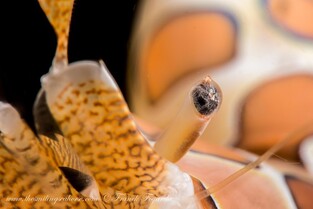
How big do harlequin shrimp get
One of the Harlequin Shrimps most attractive feature is their Carnaval-ready costume. Their carapace is cream-colored patterned with large psychedelic spots.
It used to be thought that there were two varieties of harlequin shrimp (Hymenocera elegant and H. Picta) but it was later concluded that they are one and the same with variations in color depending on the region they inhabit.
| Around the Indian Ocean (H. Elegant), they generally have orange to purple spots surrounded by a blue line. While Harlequin shrimp native to the pacific, particularly from Hawaii (H. Picta), are the most vibrant with spots that are rather pink or purple detailed with a yellow lining. |
Can harlequin shrimp change color?
These intricate motifs have developed through evolution as a means of protection. In the underwater world, animals with bright colors are usually recognized by potential predators as toxic. This is true for the harlequin shrimp whose advantage invites far fewer natural predators than other less colored creatures of similar stature.
Home sweet hiding hole
Romance in the style of a harlequin shrimp
During the breeding season, the female can produce between 100 and 5000 eggs which she will carry attached to her abdomen following fertilization. This may seem like a staggering number but most of the young will not survive their next stage of development. Basically, the more babies that hatch the more chances that some will survive to sexual maturity and continue to propagate the species.
What do harlequin shrimp eat?
How do harlequin shrimp kill starfish?
A curious harlequin shrimp and starfish relationship
In moments of desperation, the harlequin shrimp will resort to eating the similar soft leg tubes of sea urchins. It is clear that this is not their choice food source as they will only resort to this should the only other option be starvation.
Harmony on the reef
Species like the crown of thorns starfish can devastate healthy coral colonies if there aren’t enough natural predators to keep their numbers under control. Although harlequin shrimp populations aren’t dense enough to eradicate these pests, they still do their part to fend off these destructive creatures who put their living habitat in jeopardy.
Harlequin shrimps are in danger
| The deterioration of coral reefs could have a devastating impact on this species as they will not have the protection to help them develop and thrive. Also with fewer corals come fewer starfish for harlequin shrimp to eat, and thus begins a vicious cycle of doom. Although there are no specific conservation initiatives targeting harlequin shrimp, coral conservation projects can indirectly benefit individuals living on a reef that is well cared for. |
Although harlequin shrimp may have questionable dietary practices, we still find them to be magnificent little critters and look forward to every chance to meet them under the seas.
HARLEQUIN SHRIMP CLASSIFICATION
We are hoping for a reopening before next season...

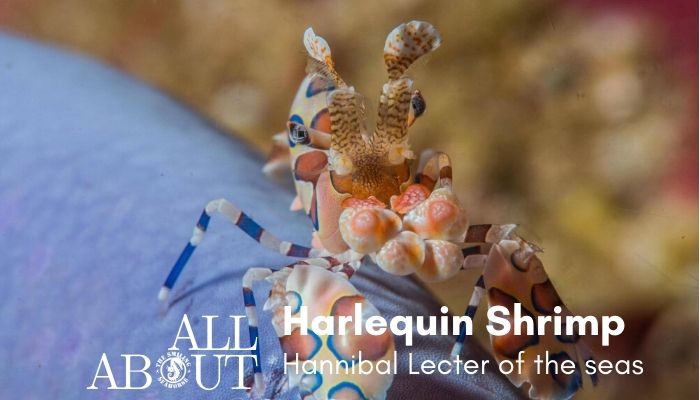

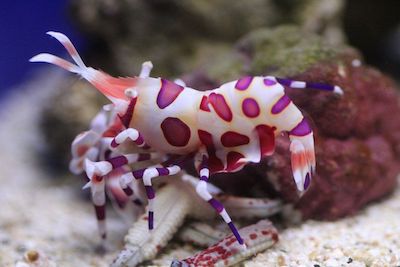
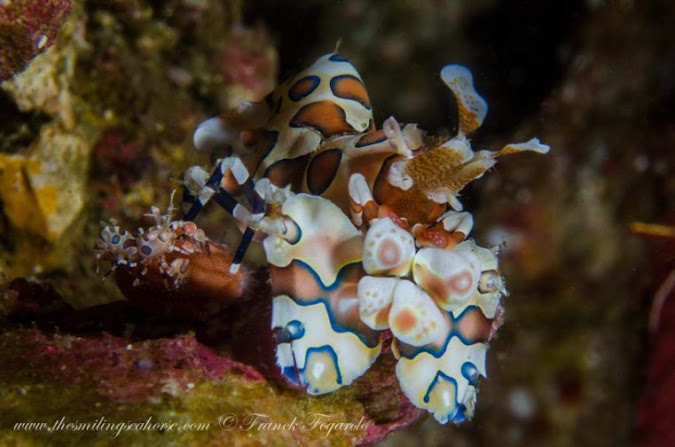
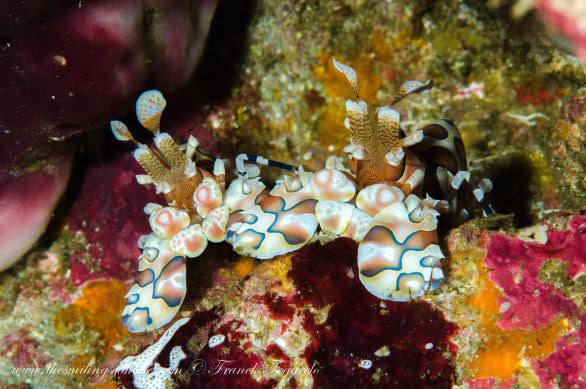
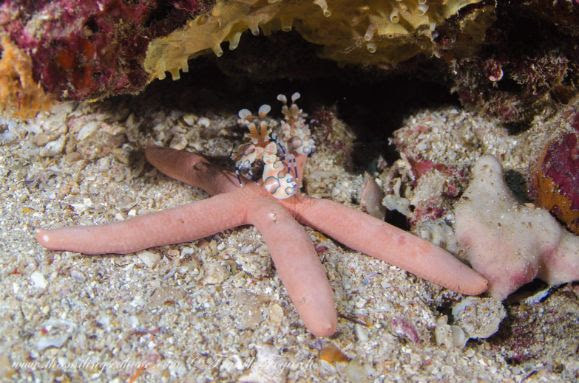
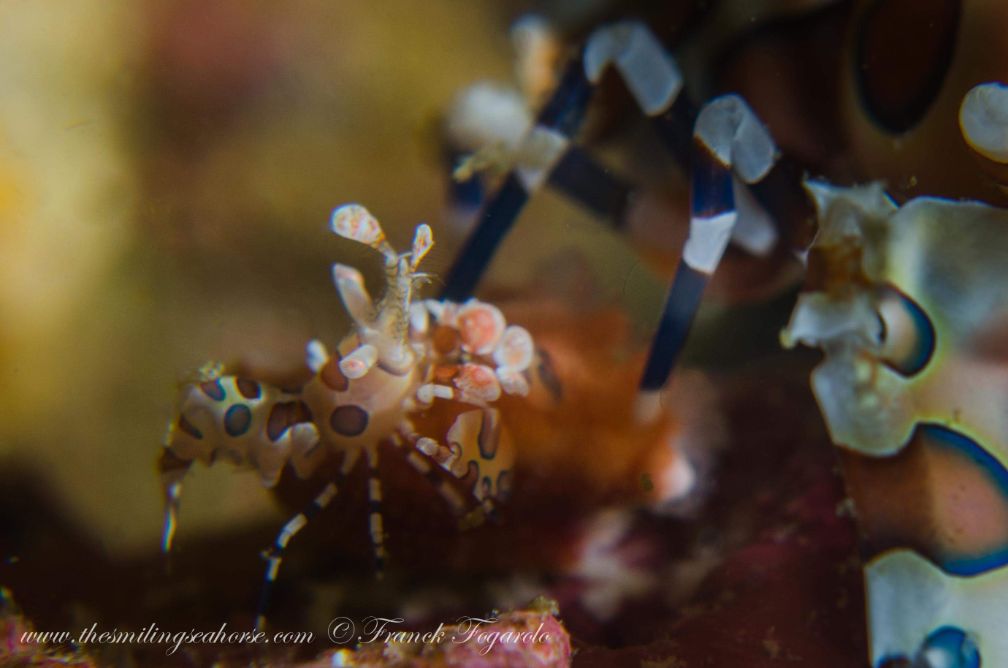
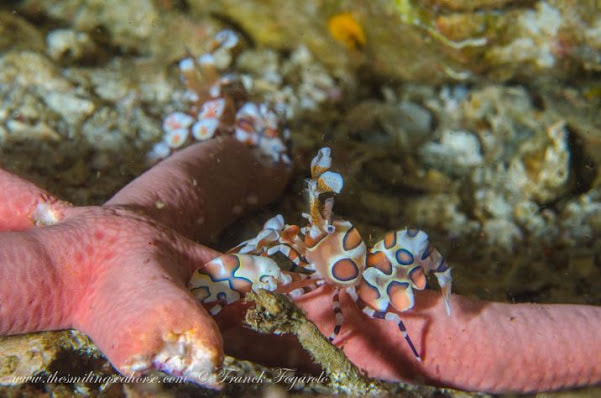
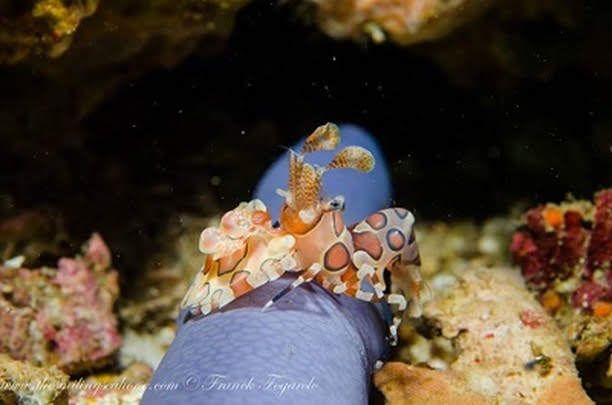
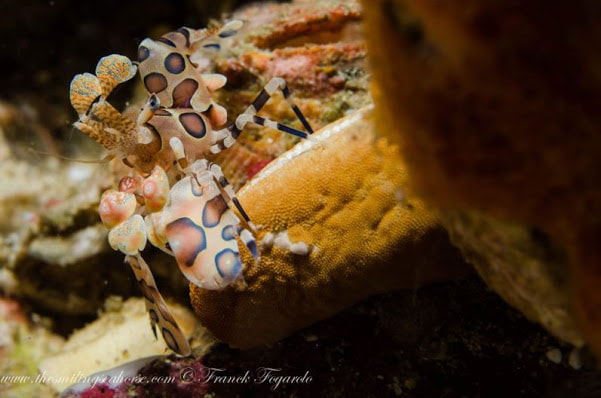
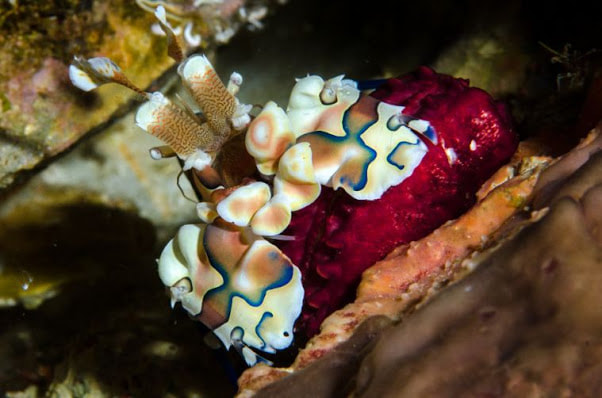
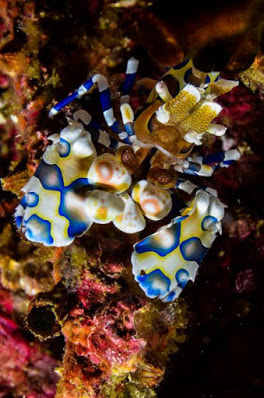

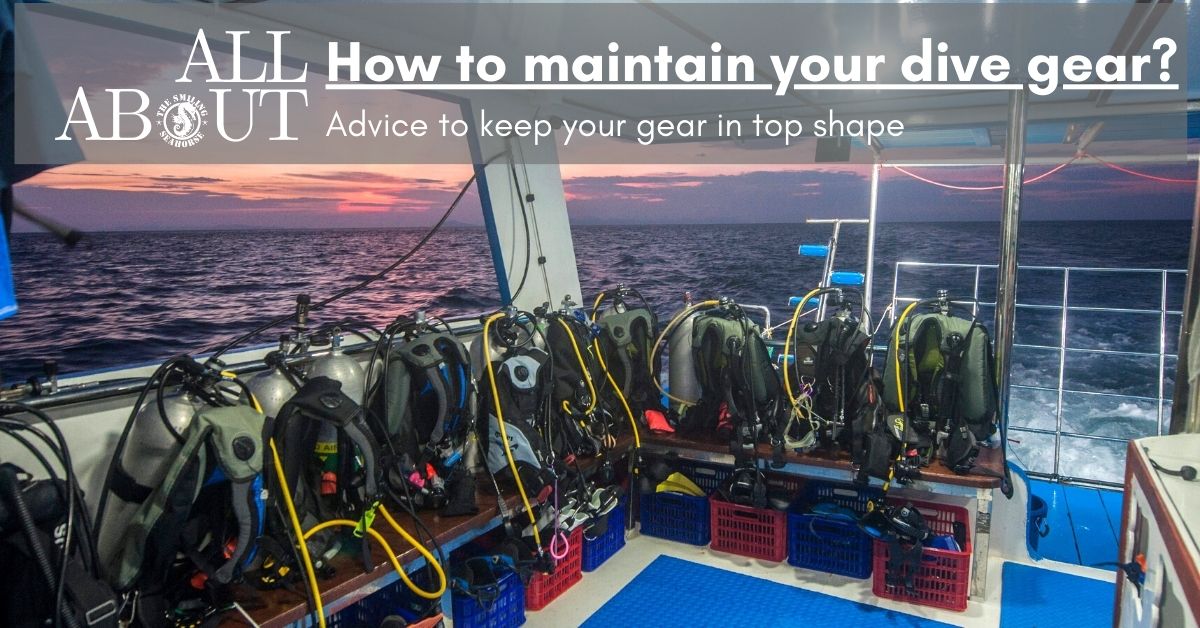
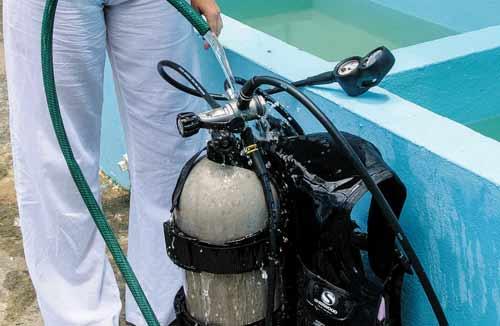
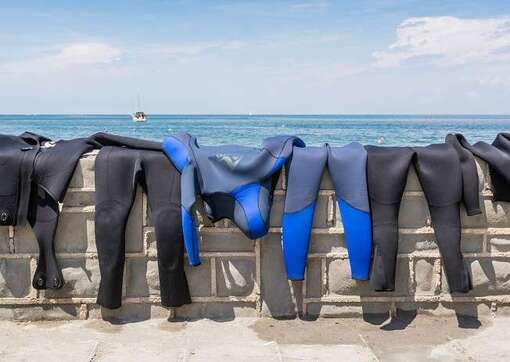
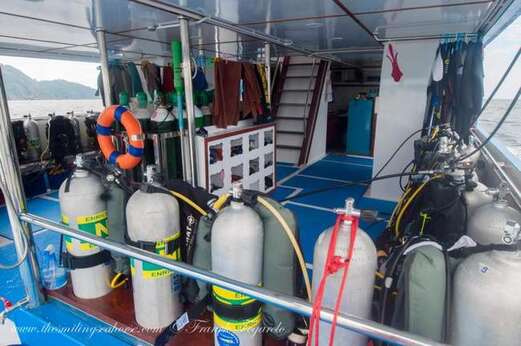
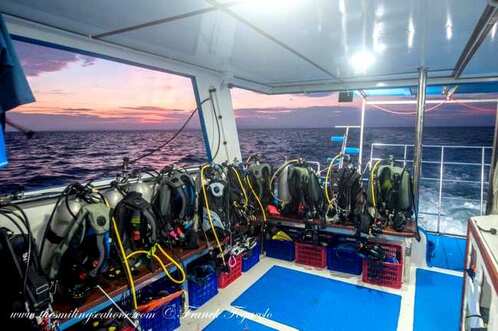
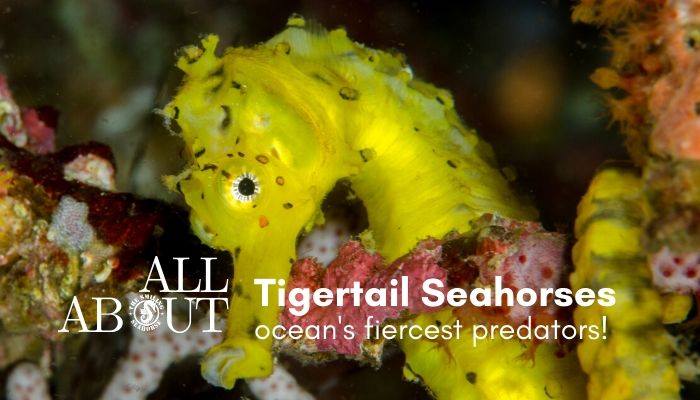
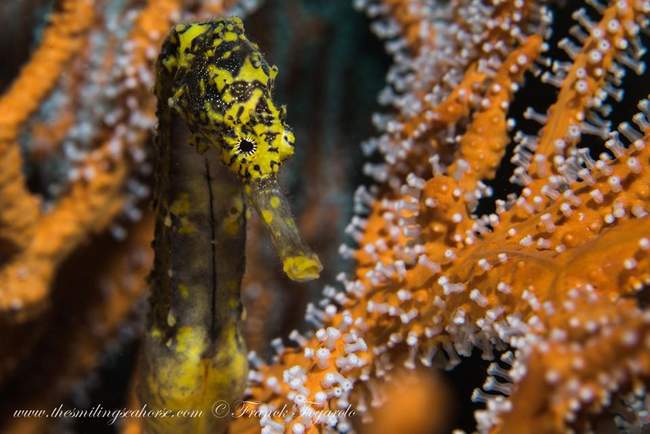
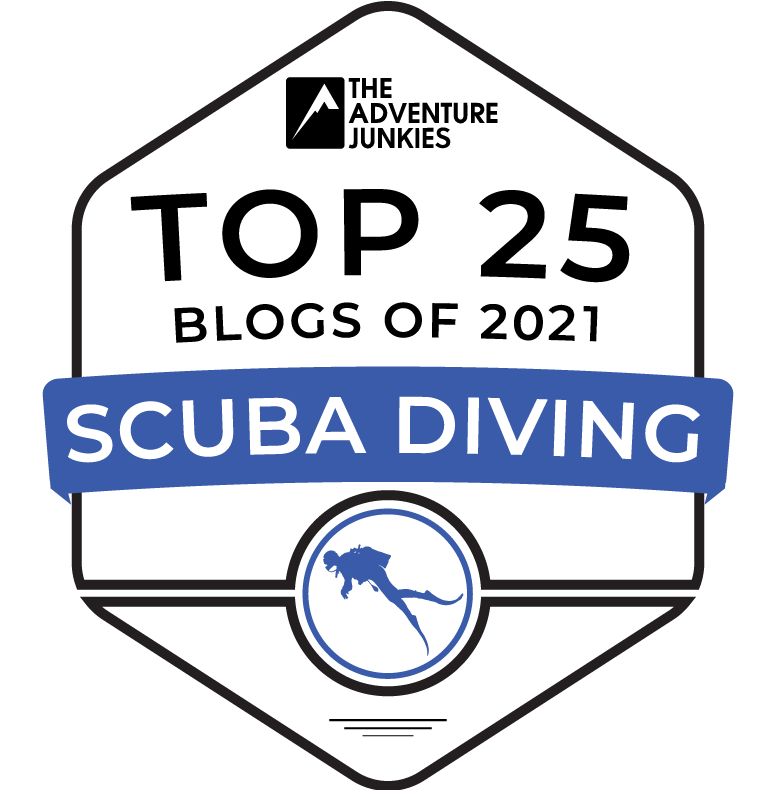
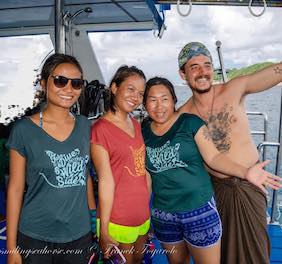


 RSS Feed
RSS Feed




